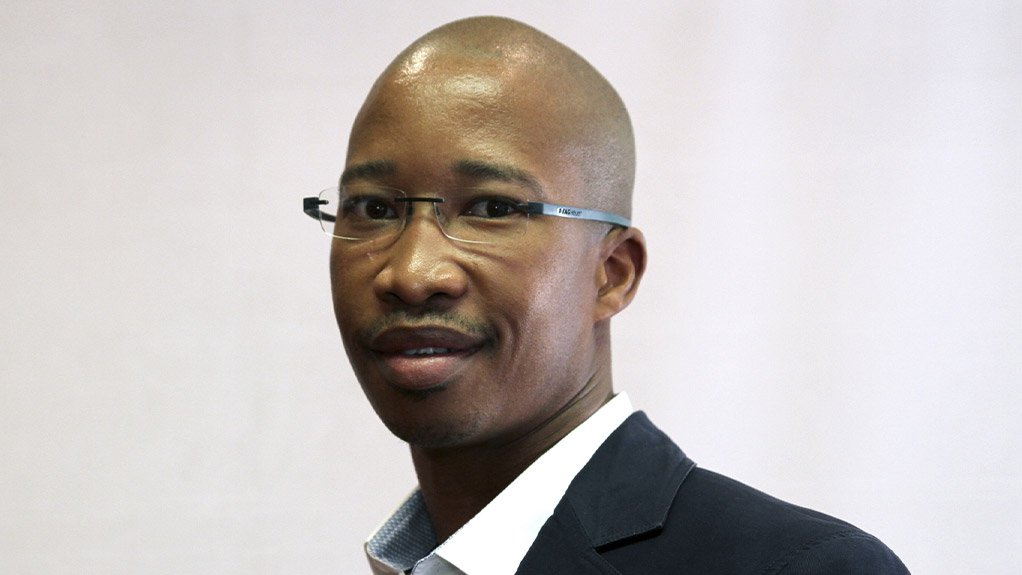Steel industry association the Steel Tube Export Association of South Africa (Steasa) and some of its members will participate at the national pavilion at the International Wire and Tube Trade Fair 2020.
The conference will take place from March 30 to April 3 in Dusseldorf, Germany.
The biannual trade fair is recognised globally as the most comprehensive presentation of materials, equipment and technology for the wire, cable, tube and fibre-optic product industries, says Steasa CEO Keitumetse Moumakoe.
The association’s participation will follow its successful participation in the inaugural Africa Wire, Cable and Tube Conference, which was held in Johannesburg, Gauteng, in November 2019. As an official supporter of the conference, Steasa’s main role was to promote the conference on all relevant media platforms.
The association was also tasked with moderating the Africa tube and pipe leadership panel discussion, led by Moumakoe, at the conference.
“One of the salient discussions entailed how imperative it was for our sector to proactively engage and align with industries that are growing and attracting considerable investments such as renewable energy and automotive.”
The objective is to localise all steel tubing components that are used in these sectors, he says.
Moumakoe adds that the idea was to bring together the local industry and stakeholders to meet with key players in the international supply chain, discuss the main trends impacting on the global market and how they can be replicated in light of the opportunities and challenges being faced across Africa.
“I believe that the conference achieved its objective,” he tells Engineering News.
Further, Moumakoe advances that exports of high-carbon and low-alloy steel tubes and pipes remain on an upward trajectory and are resilient amid export competitiveness challenges.
“The domestic steel tube sector will remain under pressure in the short to medium term. This is characterised by installed overcapacity and a lack of complementary demand, notwithstanding the unavoidable restructuring that many manufacturers in the sector have had to make to rightsize relative to the market,” he points out.
Steasa will continue to make a concerted effort to attract more downstream steel tube and pipe manufacturers into the association this year.
It will also ensure the packaging of infrastructure project opportunities that have been identified within the Southern African Development Community, in conjunction with the Export Credit Insurance Corporation of South Africa, the Department of Trade, Industry and Competition, as well as development finance institutions.
“We will continue to engage enabling stakeholders to make steel tube and pipe exports competitive for our members and industry.”
Moreover, Moumakoe notes that transformation in the steel tube sector has been a notable evolution, aligned with government policy, which has been “remarkable” to witness.
“Black-owned steel tube value-add manufacturers, such as steelwork manufacturer Delberg Engineering, have been leaders in their own right, servicing the domestic market and actively participating in export markets,” he enthuses.
He concludes that such developments encourage Steasa to accelerate its transformation agenda and to align it with the aspirations of South Africa’s National Development Plan 2030.
Edited by: Zandile Mavuso
Creamer Media Senior Deputy Editor: Features
EMAIL THIS ARTICLE SAVE THIS ARTICLE
ARTICLE ENQUIRY
To subscribe email subscriptions@creamermedia.co.za or click here
To advertise email advertising@creamermedia.co.za or click here















